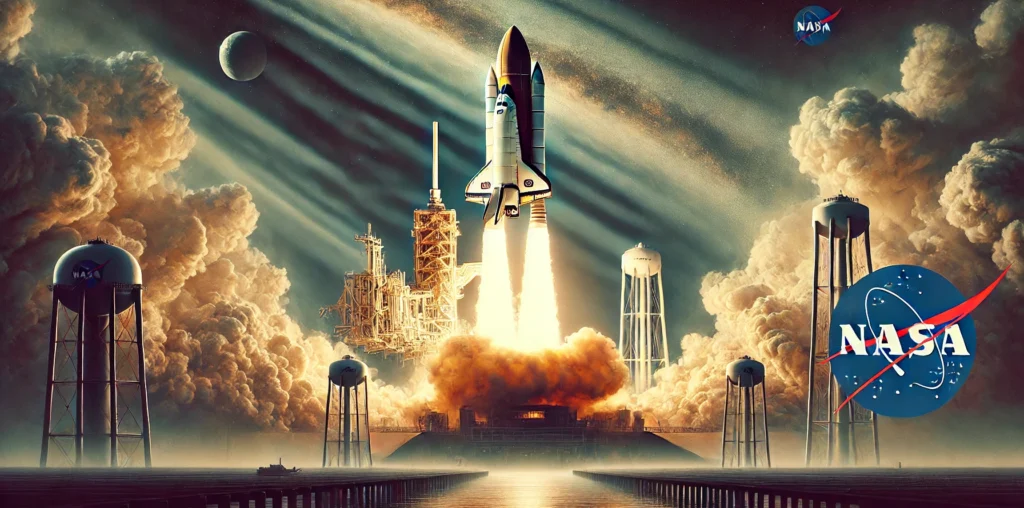Background: The Space Shuttle program was NASA’s primary initiative for creating spacecraft that could be used multiple times, with the goal of transporting astronauts and supplies to and from space.
Nevertheless, the tragic event of the Challenger disaster in 1986, where the shuttle exploded shortly after takeoff resulting in the loss of all seven crew members, forced the shuttle fleet to be suspended and prompted a thorough examination of the program.
What Happened: The Space Shuttle Discovery was launched from Kennedy Space Center on September 29, 1988, signifying NASA’s resumption of space travel following the Challenger disaster.
The mission’s success renewed trust in the shuttle program and NASA’s capability to carry out manned space missions.
Future Implications: The successful debut of Discovery signified a turning point in the realm of space exploration, paving the way for subsequent missions that broadened our knowledge about outer space.
The shuttle program made it possible to build the International Space Station (ISS) and conduct many scientific experiments in space.
The Challenger disaster and the following resumption of flights have greatly impacted NASA’s safety protocols and risk management strategies, influencing how the agency approaches future space missions.
